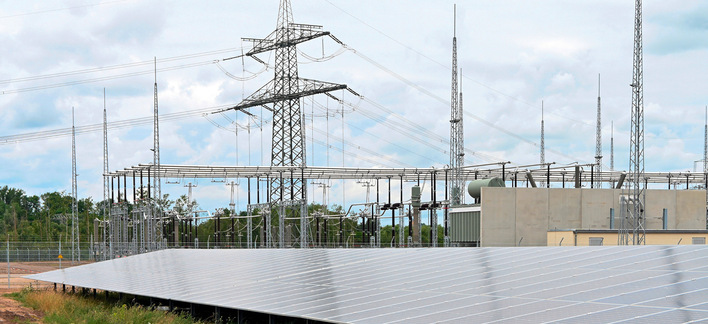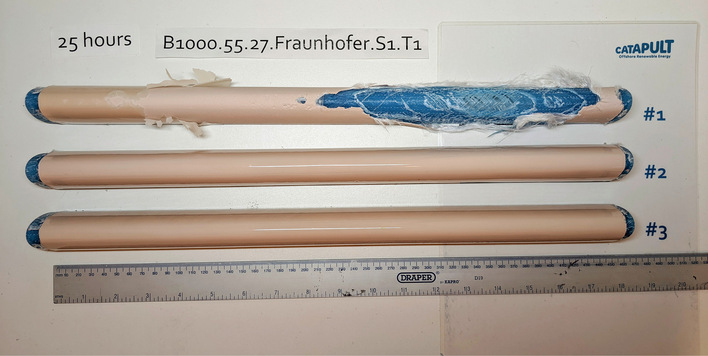The key to an inexpensive, carbon-emission free source of power may be carbon. Organic photovoltaics (OPV) have been touted in recent years as the answer to expensive and exotic materials used in PV manufacturing. One simple variant of this power cell is manufactured by sandwiching an extremely thin layer of small organic molecules or polymers between two electrodes. The transparency of OPV means that it can be used to create photovoltaic windows. Another great benefit of organic cells is that they are encapsulated in plastic, making them flexible and well suited to architectural integration.
Until now, the weak link in OPV has been the metals used for the electrodes. Typically indium-tin-oxide (ITO) has been used for one electrode and aluminum, calcium, or magnesium for the other. The trouble is the ITO.
Apart from the relative scarcity and potentially high-cost of the indium used to manufacture the material, it is a brittle oxide. Now, MIT researchers led by professors Jing Kong and Vladimir Buloviæ have come up with a possible solution to the ITO problem. In a paper published in December, 2010 in the journal Nanotechnology, the researchers described a process for using graphene as a replacement for the ITO electrode. Graphene has been described as chicken wire made of carbon atoms. Because carbon is cheap and readily available, graphene is a nautral replacement for ITO – and the MIT team is not the first to suggest its use as an electrode for OPV cells. Until now, however, two problems have barred its use for this application.
The first problem is handling. Graphene sheets tend to stick together, and because they are a single atom thick, separating them is no mean feat. The second problem is that, while graphene clings to itself, it does not have the same affinity for the polymers or small molecules used in OPV – the sheets just don’t stick to the PV material.
This is where the MIT team made their breakthrough. The researchers doped the graphene sheets with impurities that make them stick to the polymers of OPV cells, while at the same time improving their electrical conductivity.
Because graphene is so flexible, the breakthrough could bring the PV one step closer to cheap. robust OPV flexible enough to be transported in rolls and simply unfurled on roofs like a kind of solar tar-paper.
(tph)







